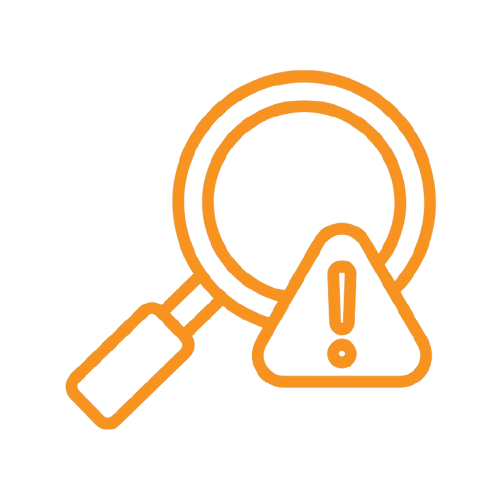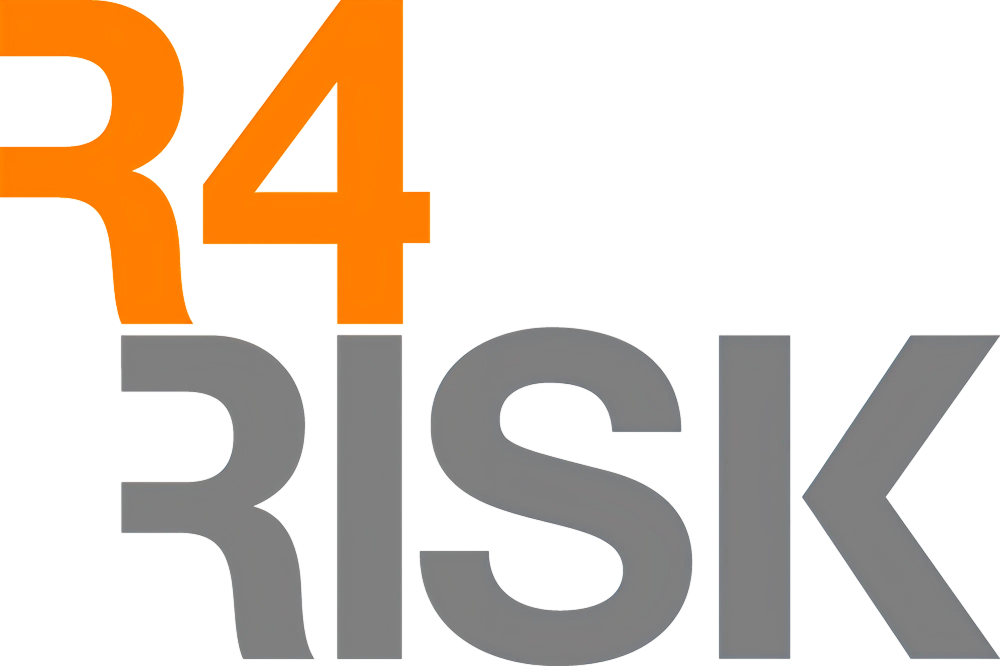Our Services
Operational Risk

Identify and Manage Major Business Risks
Effective Risk Management for Business Objectives
AS31000 “Risk Management – Principles and Guidelines” defines risk as “the effect of uncertainty on objectives”.
- In the conduct of an organisation’s business, it will encounter many sources of risk that can have significant effects on the overall business objectives.
- Unplanned events can cause major business losses. To manage these exposures, many organisations conduct extensive analysis of business and operational risk. Too often these activities are conducted without maximising the benefits that can be achieved.
- A key aspect that is commonly missing is the incorporation of the outputs of the risk management program into the decision-making processes at all levels of the organisation.
- Managing risk is not “rocket science”. It does not need to be a totally exhaustive or complicated process. However, it is critical that all major business risks are identified and assessed and that these risks are being suitably managed.
Risk Solutions Tailored for Mining and Manufacturing
Expert Risk Management for Major Industries
R4Risk’s Principal Engineers have worked with major clients in the mining, petroleum and manufacturing sectors to assist those clients with identifying their major risk exposures and setting up systems for ongoing risk management. This professional knowledge and experience is drawn on to ensure that the risk management processes developed are specifically tailored to each individual client’s needs.
Refer to the following pages for more information on related services:
- Hazard Identification
- Layers of Protection Analysis
- Quantitative Risk Assessment
- Qualitative / Semi-Quantitative Risk Assessment
- Safety Management System Development

Risk Awareness for Better Business Decisions
Risk Foundation
A key aspect of R4Risk’s approach to risk management is to ensure that the risk implications of the various issues are well-understood. Armed with this vital knowledge, the management of an organisation can then make sound business decisions, appreciating the positive and negative risk implications of each decision.

Risk Identification
Thorough identification of risk issues and ongoing review
Risk Evaluation
Thorough understanding of the level of risk that each risk issue (or group of issues) presents – identification and ranking of the major risk issues

Control Identification
Clear identification of the applicable control measures for each risk issue
Control Maintenance
Identification of the means by which the performance of the control measures will be maintained
Operational Risk
Frequently Asked Questions
R4Risk employs a structured, systematic process to manage operational risks. This includes hazard identification, risk assessment, implementation of controls, and continuous monitoring. The goal is to increase the certainty of achieving objectives by proactively addressing potential risks
An effective ORM program helps organizations achieve strategic objectives while ensuring business continuity in the event of disruptions. It demonstrates preparedness to clients, enhances safety performance, and can lead to improved competitive advantages, including better decision-making and resource allocation.
Operational Risk Management (ORM) involves identifying, assessing, and mitigating risks arising from internal processes, systems, people, or external events that can disrupt business operations. Unlike financial or market risks, ORM focuses on risks inherent in day-to-day activities, such as human error, system failures, or external disruptions like natural disasters or cyberattacks.
Risk assessments should be reviewed regularly to ensure they remain relevant and effective. High-priority risks should be reviewed monthly, while lower-priority ones can be assessed quarterly. Immediate updates are necessary when incidents occur, operations change significantly, or new regulations emerge.
R4Risk utilizes various methodologies to identify and assess operational risks, including Hazard and Operability Studies (HAZOP), Bowtie Analysis, Layers of Protection Analysis (LOPA), and Quantitative Risk Assessments (QRA). These tools help in systematically evaluating risks and implementing effective controls to mitigate potential hazards.
